12 Basic Functions Challenge Activity for Pre-Calculus
This blog post contains Amazon affiliate links. As an Amazon Associate, I earn a small commission from qualifying purchases.
A few weeks ago, I had my best lesson of the year so far in pre-calculus as we were studying the 12 basic functions. My students were engaged like never before, and they became super competitive throughout the activity. They did way more questions than I ever would have been able to get them to do if I had just given them a homework assignment.

When they came into class the next day, they begged to do an activity similar to the previous day’s activity because it had been so much fun. Yes, students begging to do math. It made my heart smile.
When students entered the room, they found twelve lime green posters spread around the room. I created one poster for each of the 12 basic functions.

Each one of these posters represented one of the 12 basic functions identified in our Demana and Waits Pre-Calculus textbook.







Each of my 12 Basic Functions Posters contains the name of the function as identified by our book, a graph of the function, the equation of the function, and an interesting fact about the function.
My goal for this activity was to get students up and moving around the room and talking about the various parent functions. I originally thought about making these posters into small cards for each group to have at their desk, but the copy machine I had to use to do that ended up breaking which put a halt to that plan.
So, posters it was. And, I think that ended up being a good plan anyway.
The next resource I created for this activity was a challenge tracking sheet. Each group would have the opportunity to earn up to 16 stamps by completing 16 different challenges.
I find that a tracking sheet is necessary whenever I do activities like this, or groups do not end up managing their time wisely or they try to do the same problems over and over and over again. This way, students know exactly what has been finished and what still needs to be done.

After passing out a challenge tracking sheet to each group, I gave each group a ziplock bag containing 12 laminated cards that match the 12 basic functions posters surrounding the room.
MATH = LOVE RECOMMENDS…

A laminator is a MUST-HAVE for me as a math teacher! I spent my first six years as a teacher at a school with a broken laminator, so I had to find a way to laminate things myself.
I’ve had several laminators over the years. I currently use a Scotch laminator at home and a Swingline laminator at school.
I highly recommend splurging a bit on the actual laminator and buying the cheapest laminating pouches you can find!
When I was talking to my husband about my idea for this activity, he suggested that I make the cards double-sided and add a letter to the back to make the activity easier to check.
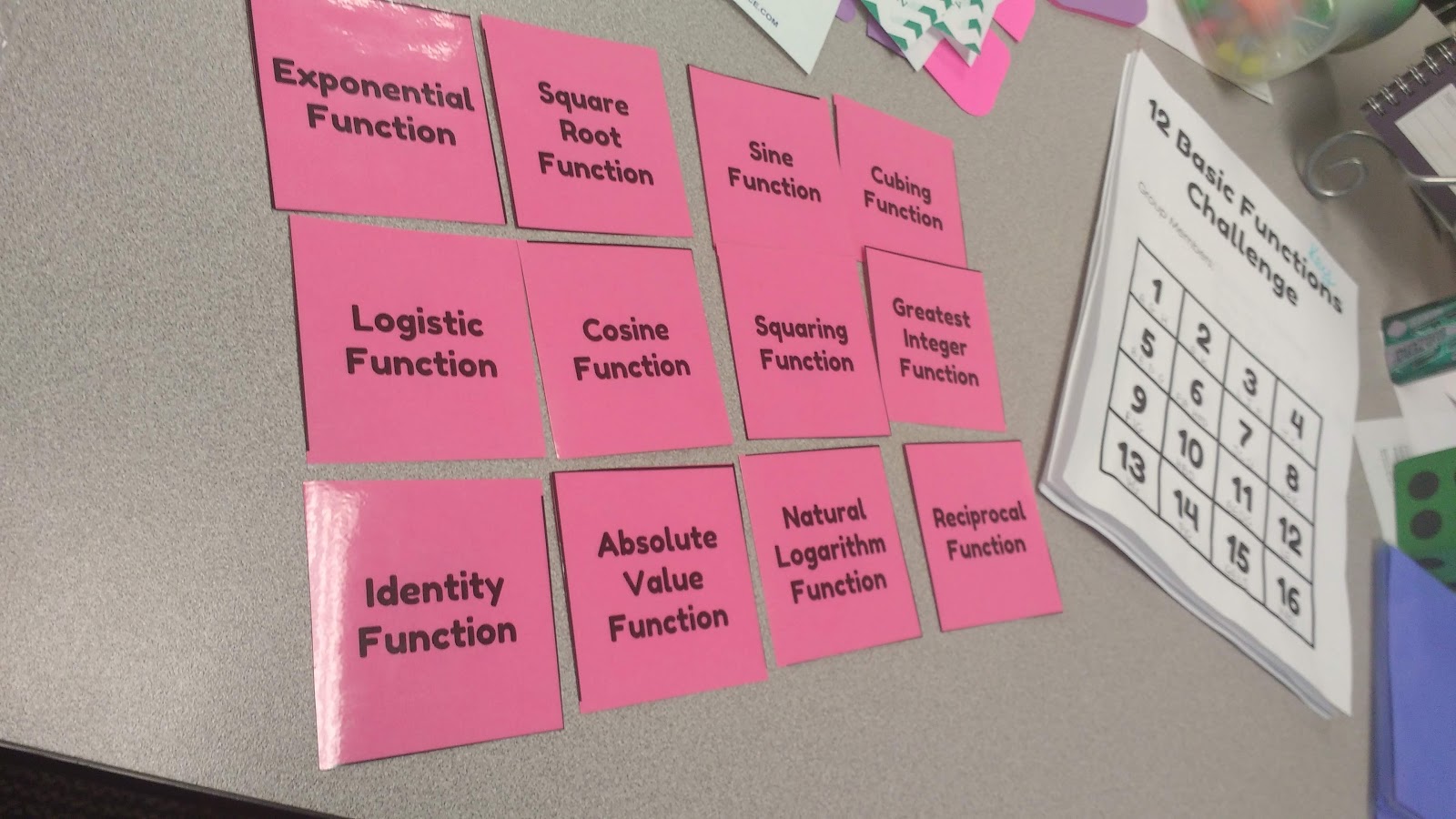
This turned out to be a LIFE-SAVER.

So, you are probably wondering by now what are the challenges?
The idea for this activity started when I was flipping through the textbook and a set of exercises caught my eye. The problems asked students to identify which of the 12 basic functions fit each description.
For example, identify “the four functions that are odd” or “the three functions with no zeros” or “the six functions that are increasing on their entire domains.”
I thought these were AMAZING questions, but I didn’t want to just hand them out as a textbook assignment. That sparked the idea for this challenge activity.
Not familiar with this textbook? You are in luck because Pearson has the PDF of this section of the textbook on their website for free!
The 12 Basic Functions are
- The identity function, f(x) = x
- The squaring function, f(x) = x^2
- The cubing function, f(x) = x^3
- The reciprocal function, f(x) = 1/x
- The square root function, f(x) = sqrt(x)
- The exponential function, f(x) = e^x
- The natural logarithm function, f(x) = ln x
- The sine function, f(x) = sin x
- The cosine function, f(x) = cos x
- The absolute value function, f(x) = |x|
- The greatest integer function, f(x) = int (x)
- The logistic function, f(x) = 1/(1+e^-x)
I especially loved that these questions killed two birds with one stone. They gave my students crucially needed practice with the new vocabulary words we had been learning (even odd, domain, range, continuous, point of discontinuity, bounded, increasing, decreasing, zeros, end behavior, etc.) and it introduced them to a whole bunch of parent functions at once.
Some of these were parent functions they were very familiar with from Algebra 1 and Algebra 2. Others (like the logistic, sine, cosine, and greatest integer functions) were completely new.

I typed up the challenges two to a page and printed them and laminated them. I only printed one set of challenges, but in retrospect I should have printed at least two sets so that two groups could be working on any one challenge at the same time.
There were a few challenges that students found especially tricky. This meant that other groups had to wait a really, really long time to be able to tackle that challenge since there was only one copy.
Given that I had set this up as a competition to see which group could complete the most challenges within our 50 minute period, this meant some students were very frustrated at the groups using the challenges that they still needed.
To kick off the challenge, I gave each group a challenge tracking sheet, bag of parent function cards, and one of the challenge cards (randomly chosen by me) to begin with.
Each group immediately set to work looking at the posters of the 12 basic functions around the room and debating which cards represented the correct answers. When they thought they had the answer, they would send a delegate from their team up to my desk with three things.
Their Challenge Tracking Sheet (for me to stamp if they were correct), their Challenge Card (so I could figure out where to look on my answer key), and the function cards that they believed answered the question.
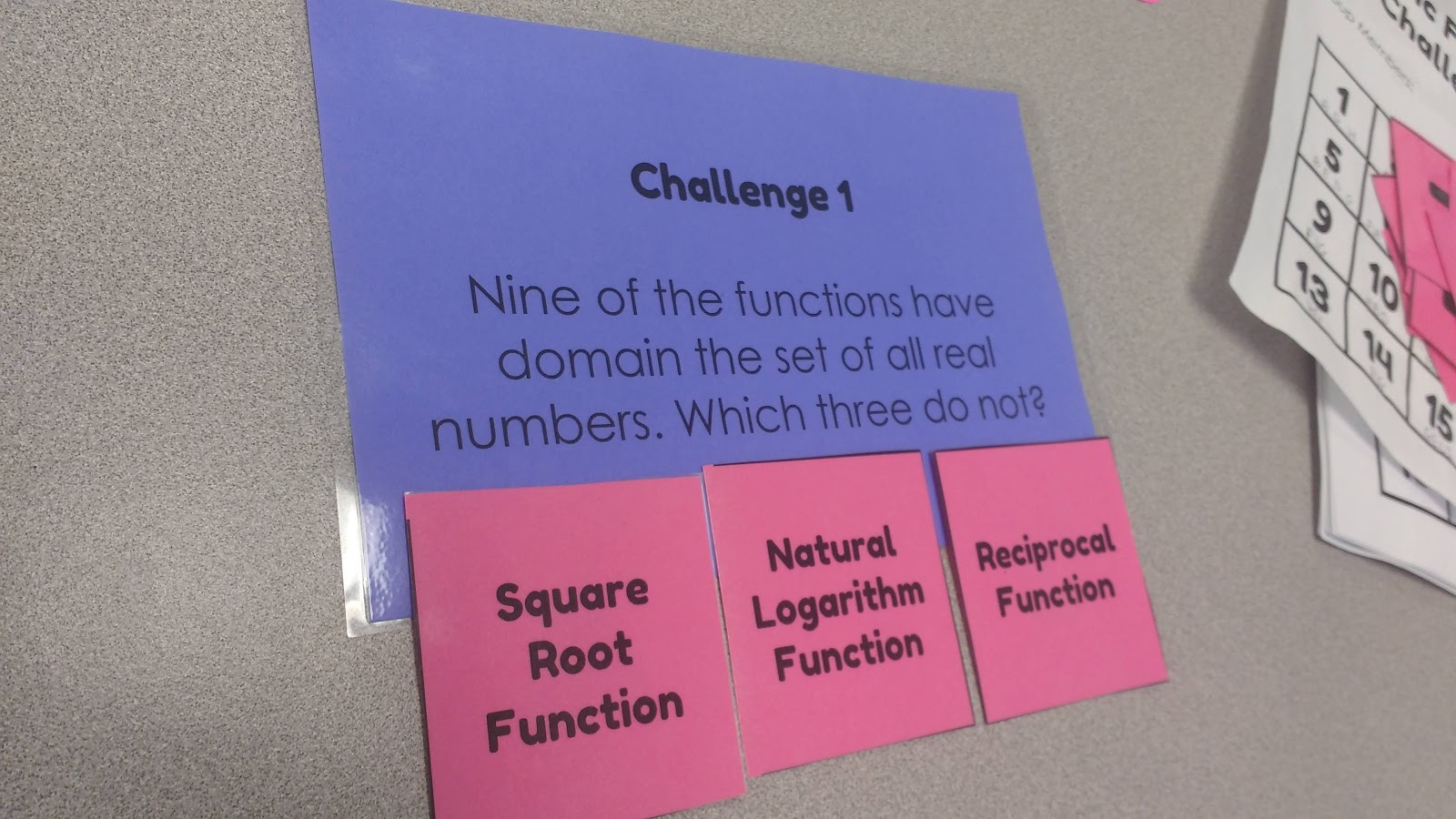
I would flip over the cards that they brought me and quickly compare the letters to my answer key. If they were correct, I would stamp their sheet and let them change out their challenge card for a new challenge.
If they were incorrect, I would tell them simply that they were incorrect and send them back to rework the problem with their group.

I didn’t really get any pictures of my students in action during this activity because I was CONSTANTLY busy checking students work and handing out new challenges.
I overheard so many awesome conversations, and my students were VERY familiar with the basic graphs of the 12 basic functions by the end of the class period!
My students were super competitive which was good because it kept any groups from giving other groups the answers which can sometimes happen with activities like this.

I feel a bit weird being proud of this lesson because I don’t actually feel like I did much teaching about the 12 basic functions. My students did all the learning and teaching themselves. But, those really are the best lessons, aren’t they?
File for 12 Basic Functions Challenge Activity for Pre-Calculus
Want the resources to run this activity with your own class? I have uploaded the resources to Google Drive as both editable Google Slides and PDFs. You can save them here.


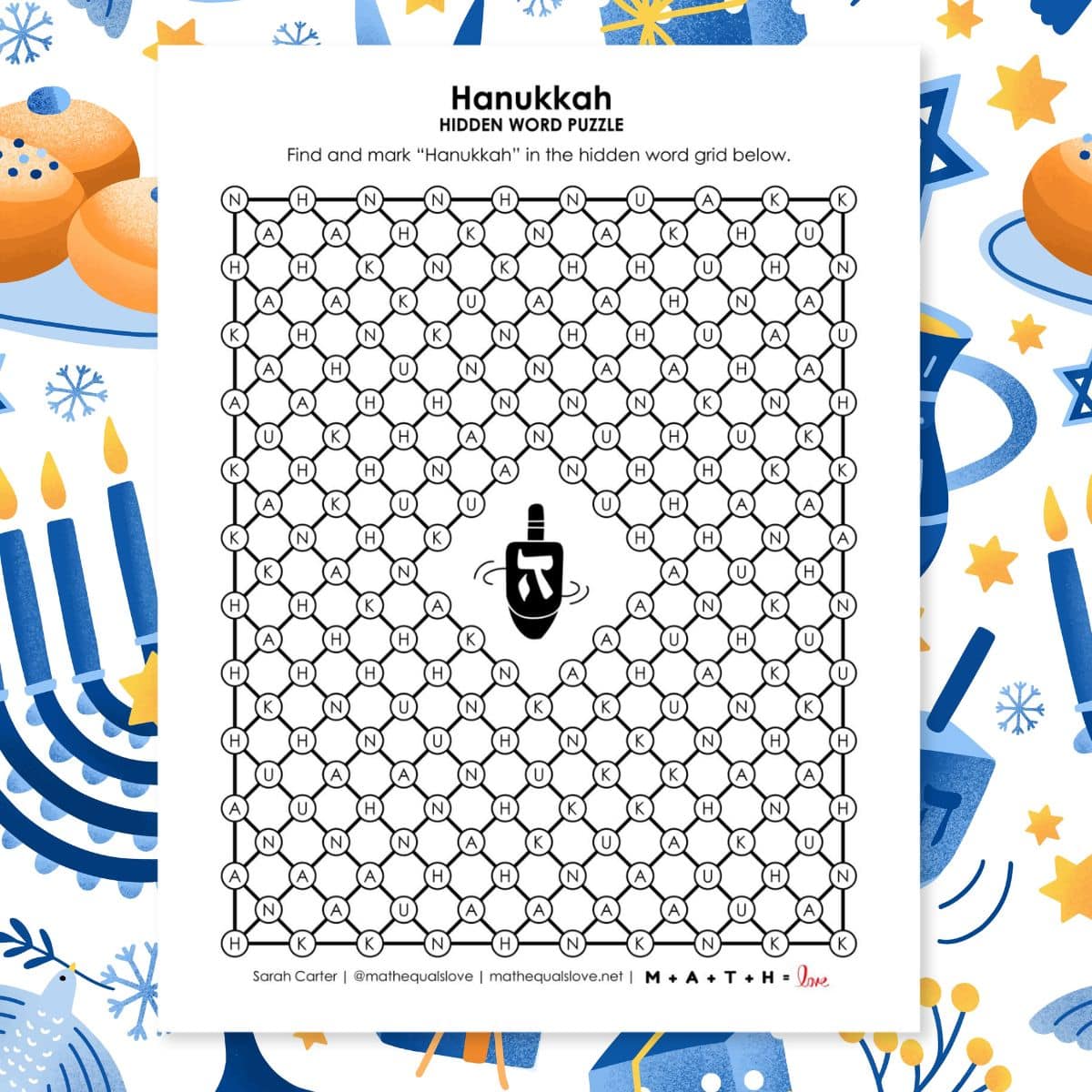

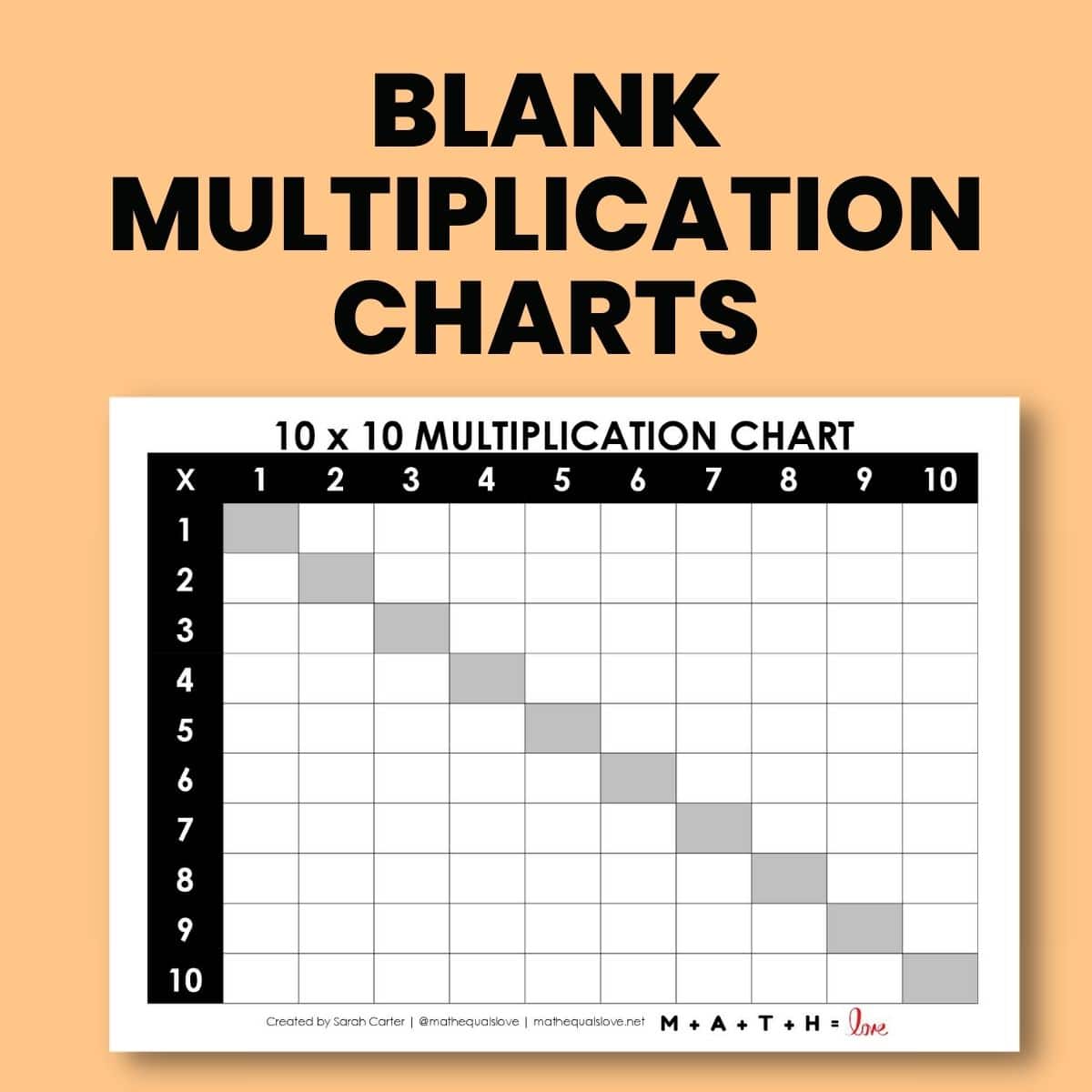
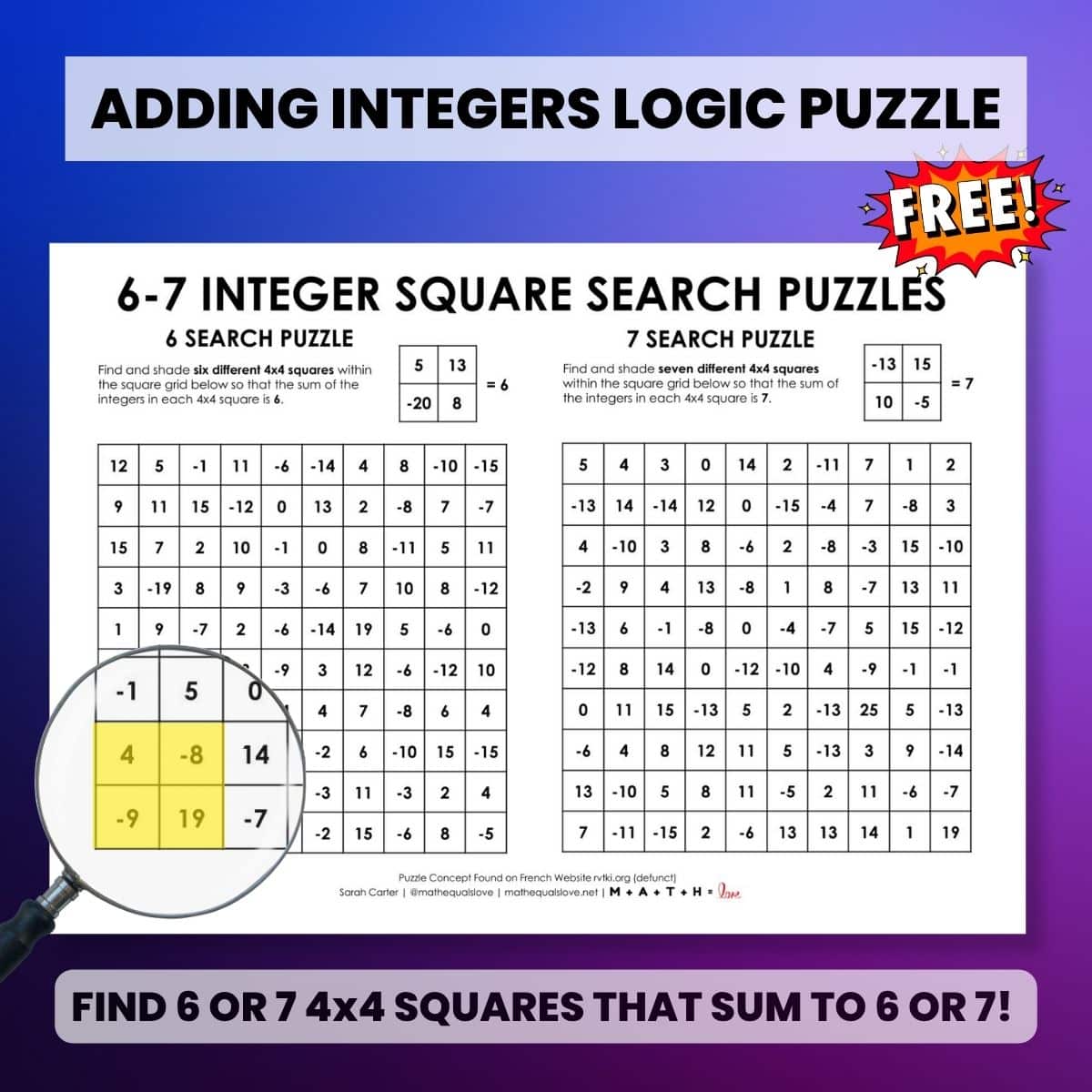

This is an awesome way to get kids thinking about the vocabulary and referencing the parent functions! To create your challenges, did you mainly pull from the Section 1.3 exercises or the examples?
Both! I just updated the link to include the file with the challenges. I thought I had originally shared all the files, but I guess I had just shared the posters. Oops.
Could you add your challenge questions as well?
Done! Just realized I had shared the wrong folder before!
Hi! love this activity, do you have answers for your challenge questions? Thanks!
This is great! The link does not work for me.
I love this activity! I can see your Google Drive folders, but the Challenge Cards and Function Posters folders are empty. The other two have stuff in them! Thanks again for sharing so freely!!
Excellent post. Love the way you simplify math stuff. Will definitely try with the kids.
I think this is a great activity! Students practice new vocabulary while learning about different parent graphs and, like you said, they're doing most of the thinking! I am thinking of all possible extensions/modifications for other classes, like doing this with a Calculus class about intervals of increasing/decreasing, concavity, etc. Sounds like a very engaging fun lesson that I will definitely try in the future. Thanks for the great ideas!
I think this is a wonderful strategy. I like that the students are able to go at their own pace and work together and collaborate towards a stronger overall knowledge. I do agree that the best lessons are when students are able to lead it themselves and don't have to rely on their teacher. I can see myself implementing this into my classes. Thanks for sharing and thanks for providing links so others can perform the lesson!
Fun activity! I especially enjoyed the note about vocabulary practice, as it can be overlooked sometimes until the test arrives. Out of curiosity, did you assign the groups for the students, or did they get to pick groups? Just thinking that the latter could have made it difficult for some struggling students.
Thanks a lot for sharing this idea. That seems like a great activity. It ties together so many different topics and gets the students interested and moving around. I am curious how long this took you and if you feel you will do this style of activity again with other topics? How often do you feel an activity like this can be done? If you did this too often would it lose its impact?
Overall, I love the way that the students are doing the learning and are connecting ideas from so many different parts of math and what they have learned in past math classes. The letters as a way to check was also a genius idea and I will definitely look to apply that in many other activities.
I cant wait for school to start next year to do this activity!! You are awesome!!
I really like this activity. It is going to have students to think about properties that they need to know for each function. It is a good way for students to practice vocabulary and visualize graphs. I am definiately going to use it in my Pre-Calculus class. Thanks for sharing!
I really like this activity. It is going to have students to think about properties that they need to know for each function. It is a good way for students to practice vocabulary and visualize graphs. I am definiately going to use it in my Pre-Calculus class. Thanks for sharing!
Hello, I would love to try this activity with my classes but I can not find any of the links to access the materials or answers. Could you possibly share the information with me?